Refine listing
Actions for selected content:
2252 results in Cambridge Elements
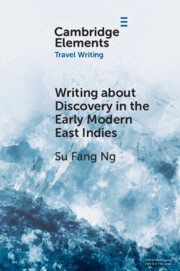
Writing about Discovery in the Early Modern East Indies
-
- Published online:
- 21 November 2022
- Print publication:
- 15 December 2022
-
- Element
- Export citation
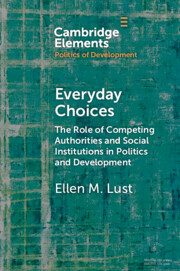
Everyday Choices
- The Role of Competing Authorities and Social Institutions in Politics and Development
-
- Published online:
- 18 November 2022
- Print publication:
- 08 December 2022
-
- Element
-
- You have access
- Open access
- HTML
- Export citation
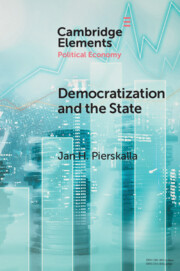
Democratization and the State
- Competence, Control, and Performance in Indonesia's Civil Service
-
- Published online:
- 18 November 2022
- Print publication:
- 15 December 2022
-
- Element
- Export citation
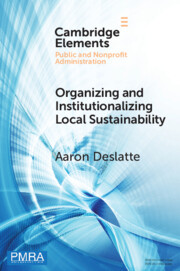
Organizing and Institutionalizing Local Sustainability
- A Design Approach
-
- Published online:
- 18 November 2022
- Print publication:
- 15 December 2022
-
- Element
-
- You have access
- Open access
- HTML
- Export citation
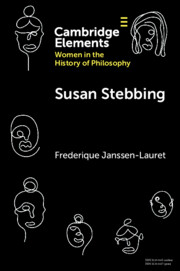
Susan Stebbing
-
- Published online:
- 18 November 2022
- Print publication:
- 15 December 2022
-
- Element
- Export citation
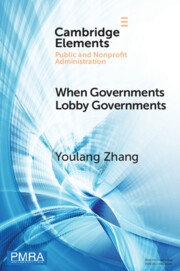
When Governments Lobby Governments
- The Institutional Origins of Intergovernmental Persuasion in America
-
- Published online:
- 18 November 2022
- Print publication:
- 15 December 2022
-
- Element
- Export citation
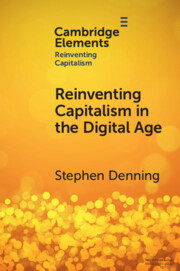
Reinventing Capitalism in the Digital Age
-
- Published online:
- 16 November 2022
- Print publication:
- 15 December 2022
-
- Element
- Export citation
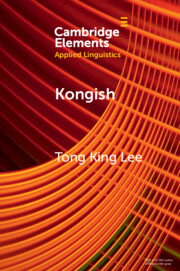
Kongish
- Translanguaging and the Commodification of an Urban Dialect
-
- Published online:
- 11 November 2022
- Print publication:
- 01 December 2022
-
- Element
- Export citation
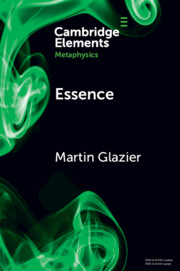
Essence
-
- Published online:
- 11 November 2022
- Print publication:
- 01 December 2022
-
- Element
- Export citation
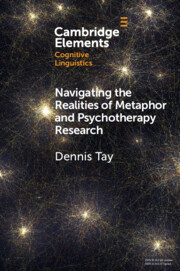
Navigating the Realities of Metaphor and Psychotherapy Research
-
- Published online:
- 11 November 2022
- Print publication:
- 01 December 2022
-
- Element
- Export citation
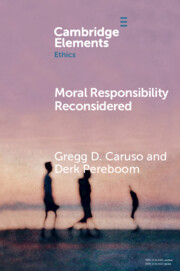
Moral Responsibility Reconsidered
-
- Published online:
- 10 November 2022
- Print publication:
- 01 December 2022
-
- Element
- Export citation
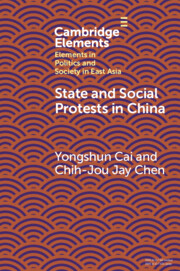
State and Social Protests in China
-
- Published online:
- 10 November 2022
- Print publication:
- 08 December 2022
-
- Element
- Export citation
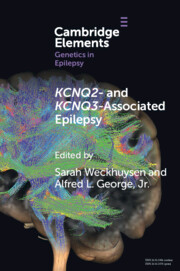
KCNQ2- and KCNQ3-Associated Epilepsy
-
- Published online:
- 10 November 2022
- Print publication:
- 01 December 2022
-
- Element
-
- You have access
- Open access
- HTML
- Export citation
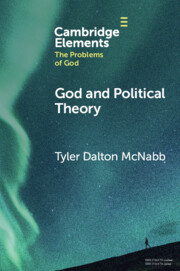
God and Political Theory
-
- Published online:
- 10 November 2022
- Print publication:
- 08 December 2022
-
- Element
- Export citation

Parental Investments and Children's Human Capital in Low-to-Middle-Income Countries
-
- Published online:
- 10 November 2022
- Print publication:
- 01 December 2022
-
- Element
-
- You have access
- Open access
- HTML
- Export citation
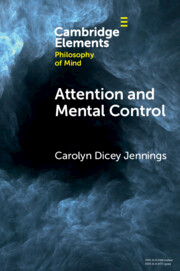
Attention and Mental Control
-
- Published online:
- 10 November 2022
- Print publication:
- 08 December 2022
-
- Element
- Export citation

The RMB in the Global Economy
-
- Published online:
- 09 November 2022
- Print publication:
- 08 December 2022
-
- Element
- Export citation
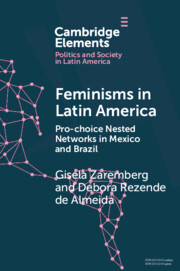
Feminisms in Latin America
- Pro-choice Nested Networks in Mexico and Brazil
-
- Published online:
- 04 November 2022
- Print publication:
- 01 December 2022
-
- Element
- Export citation
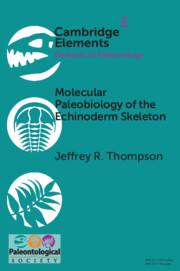
Molecular Paleobiology of the Echinoderm Skeleton
-
- Published online:
- 04 November 2022
- Print publication:
- 01 December 2022
-
- Element
- Export citation
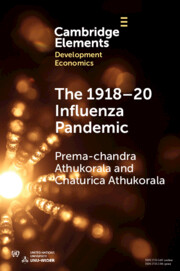
The 1918–20 Influenza Pandemic
- A Retrospective in the Time of COVID-19
-
- Published online:
- 03 November 2022
- Print publication:
- 24 November 2022
-
- Element
-
- You have access
- Open access
- HTML
- Export citation
